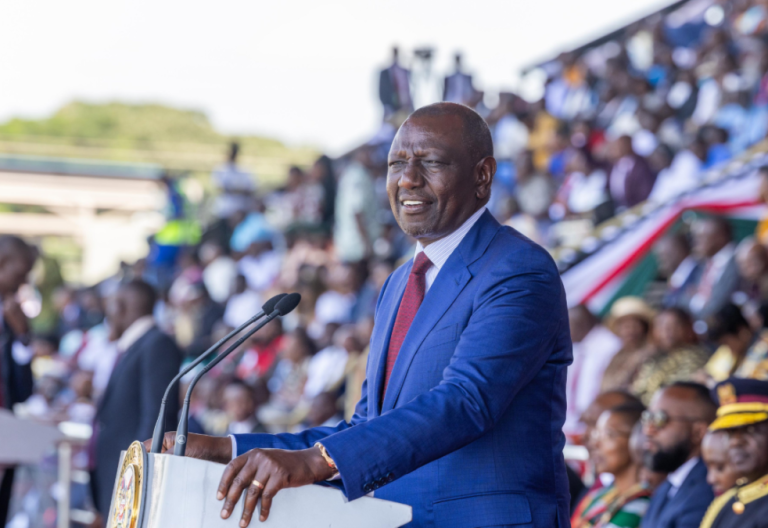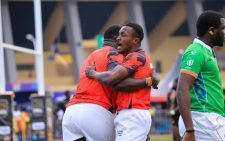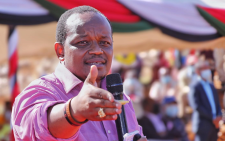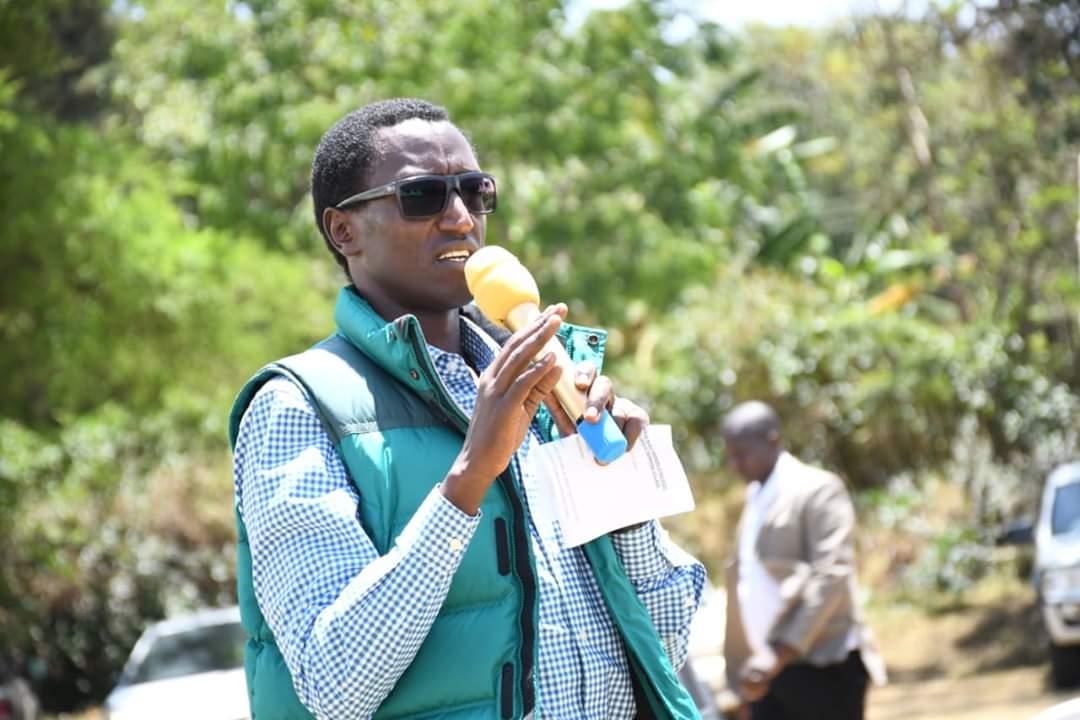Evolution of Ruto into Moi style dictator

The 1982 attempted coup fundamentally transformed President Daniel Moi, providing the catalyst for his descent into authoritarianism. The failed putsch offered him justification to unleash unprecedented repression across Kenya. At least 159 people perished in subsequent trials, while Marxism was banned from university curricula and radical academics faced arrest and detention.
Confronting an existential threat to his Kanu regime, Moi declared Kenya a one-party state, systematically crushing opposition.
Draconian media laws emerged alongside forced party membership for civil servants. The regime launched a comprehensive assault on civil society, establishing secret police units to infiltrate key institutions and torture chambers in Nyayo House where countless dissidents were imprisoned, starved and killed. Opposition figures faced detention or exile, while civil society activists endured violent persecution for protesting human rights abuses and corrupt schemes to transform Uhuru Park into commercial real estate.
Compliant instruments
Parliament, the Judiciary, and security services became compliant instruments of Executive power, functioning as rubber stamps for increasingly autocratic rule.
Four decades later, striking parallels emerge with President William Ruto’s transformation following the deadly 2024 Gen Z protests that nearly toppled his administration. Like Moi before him, Ruto has adopted paranoid leadership tactics and strong-arm methods to consolidate power after facing unprecedented popular resistance.
The Ruto government bears responsibility for killing brave young citizens demanding accountability, widespread police brutality, endemic corruption, and state-orchestrated disappearances. The President increasingly surrounds himself with what observers characterise as “compliant cronies and feckless flatterers.”
When Ruto emerged unscathed from the political turbulence of 2024, many observers were astonished. His survival and strategic recovery demonstrated the hallmarks of shrewd tactical leadership—one seemingly inspired by Niccolò Machiavelli’s The Prince. Machiavelli’s doctrine argues successful rulers must embody both lion and fox—fierce when necessary, cunning when required. For Ruto, these traits became evident as he navigated Kenya’s most significant civil uprising in recent memory.
No taking chances
Political analyst Javas Bigambo argues the protests transformed Ruto into a sophisticated politician who no longer takes chances. “He no longer takes things by assumption because the Gen Z protests not only shook him but also made him realise that the youthful demonstrators could easily be infiltrated by external forces. Since then, he has completely changed his modus operandi,” Bigambo explains.
Following the unrest, Ruto swiftly consolidated parliamentary control, ensuring public participation processes that create an illusion of inclusive governance while maintaining decisive authority.
In July 2024, days after protesters occupied Parliament, Ruto executed a bold maneuver by dismissing his entire Cabinet, sparing only Prime Cabinet Secretary Musalia Mudavadi. Initially responding with seasoned calm, he addressed the nation promising youth-focused reforms and beneficial changes for all citizens.
While the public interpreted this as capitulation, insiders revealed it as calculated regrouping. Several dismissed Cabinet Secretaries were quietly reappointed—an unmistakable Machiavellian retreat designed to secure greater control.
Opposition heavyweights
More striking was Ruto’s recruitment of opposition heavyweights. Key ODM figures—Hassan Joho, Wycliffe Oparanya, and Opiyo Wandayi—joined his government. This move sparked celebrations in ODM strongholds, cooling protests across Coast, Nyanza, and Western regions. As momentum dissipated, once-vibrant WhatsApp groups, Zello channels, and Twitter Spaces fell silent.
Ruto’s gamble succeeded. Raila’s inclusion helped subdue the unrest.
Prof Fred Ogolla believes Ruto requires Raila for political survival, hoping their alliance endures through 2027. “That’s why when Gen Z protested, Ruto didn’t negotiate with them—he shook hands with Raila,” Ogolla observed, noting that Raila “has a price only the president can afford.”
Before the unrest, the controversial Finance Bill 2024 revealed fundamental leadership flaws that The Prince warned against: “A prince should try to win the goodwill of his people… by not taxing them excessively or disrupting their customs.”
As street protests faded, dissent migrated online. Armed with AI tools, Kenyan cyber-activists launched viral memes, deepfakes, political anthems, and satirical content targeting the regime.
A chilling response followed.
Cartoonist Gideon Kibet and 24-year-old Billy Mwangi were among those abducted after sharing AI-generated images depicting President Ruto in a coffin. According to the Kenya National Commission on Human Rights, 82 abductions and enforced disappearances have been reported, with 29 individuals still missing.
The bodies of Justus Mutumwa and Martin Mwau were discovered at City Mortuary in Nairobi, with no clear explanation provided to their families.
Unity facade
Despite his unity government facade, critics argue Ruto has tightened his grip on power. Former Attorney General Justin Muturi describes his style as a “one-man show.” Unlike predecessor Uhuru Kenyatta, who freely delegated authority, Ruto prefers making key policy announcements directly from State House.
Before the Finance Bill vote, he summoned Kenya Kwanza MPs, pressuring compliance. Deputy President Rigathi Gachagua’s dissenting voice was swiftly silenced, with impeachment rumors surfacing—further evidence of Ruto’s parliamentary dominance.














